In this issue: All about blending and decoding, tips from Superkids teachers and coaches, and a freebie for a rainy day!
|
|
|
|
ISSUE 4 | NOV. 2019
|
The Superkids Reading Program emphasizes blending and decoding so that children learn to rely on decoding—the most reliable process for unlocking the written word.
With explicit instruction in letter-sound associations and how to blend the sounds of letters as they appear in words from left to right, children develop a strategy for reading unknown words, so they don’t have to guess!
In this issue, we take a close look at building these essential skills.
|
|
|
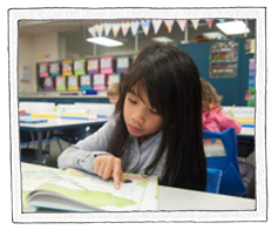 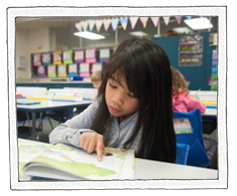
|
|
|
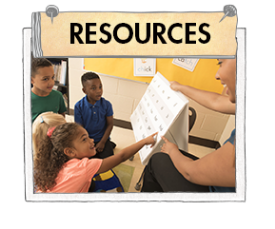
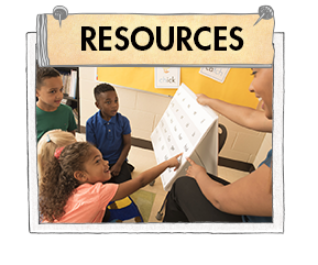
|
|
Beginning in Unit 6 of kindergarten, kindergarteners should practice blending for at least 10 minutes every day in addition to the practice they get during lessons. Throughout kindergarten, blending with short vowels is the focus. See the Quick Guide to Blending Practice on the Resources page of the Teacher Portal for the blending procedure and a list of real and nonsense words for practice.
|
|
Through Unit 5 of first grade, words contain short vowels only, so children use the blending process learned in kindergarten. After Unit 5, students begin to use the decoding strategy to determine if a vowel sound is long or short and then blend the letter-sounds. This continues through second grade, and students get more sophisticated as they learn new vowel patterns and tackle longer words. See the Differentiating Guided Reading card in the portal (grades 1 and 2) for help with decoding.
For additional content to practice the blending process and decoding strategy outlined on these resources in the portal, use the following materials that have oodles of words aligned to your core instruction:
|
| • |
Big Book of Blending (grade K) |
| • |
Big Book of Decoding (grades 1–2) |
| • |
Word Lists in the Teacher Portal (grades K–2) and Teacher’s Guides (grades K–1) |
|
|
|
Students who struggle to decode in first and second grade often lack prerequisite skills. They may have weak phonemic awareness skills, have trouble remembering letter-sound associations, or have had insufficient practice with blending. To improve these students’ decoding skills, we may need to backtrack a bit and focus on these initial skills during individual or small-group instruction.
In addition to Ten-Minute Tuck-Ins, the Superkids Skill-Building Book is an excellent resource for activities to strengthen these preliminary skills in any grade. Use the Quick Assessments at the beginning of each section to help pinpoint skill gaps and determine the instructional focus for individual students.
|
|
|
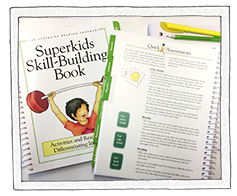
|
|
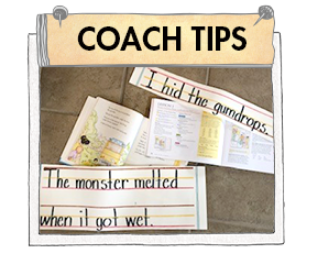

|
|
Tip #1
The Big Book of Blending and Big Book of Decoding are perfect resources for working on decoding words in isolation. When students are ready for practice at the sentence level, pulling sentences from the Daily Routines or from Superkids text will ensure the practice sentences are fully decodable. Superkids texts in current or past units are perfect for students working on decoding fluency at the passage level.
|
|
Tip #2
If you observe a child struggling with an unfamiliar word while reading decodable text, avoid reading the word for the child or telling her what it is. Instead, remind her that she knows the sounds of all the letters and has the tools to decode the word. Have her look carefully at the letters and spelling patterns and remind her of any rules that govern the sounds the letters make. Then help her blend the sounds to pronounce the word.
|
|
|
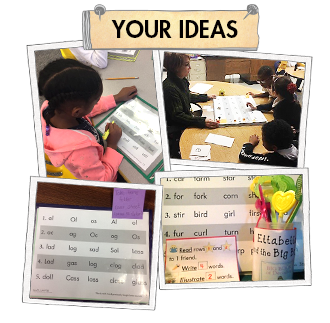
Kelva Chatman provides extra practice with the Big Book of Blending by using the printable pages from the Teacher Portal. She places the pages in plastic sheet covers, and children highlight words from left to right as they blend. Try it with Big Book of Decoding pages, too!
Ms. Goetz shared this fun game that can be played with the Big Book of Blending or Big Book of Decoding. She places a sticky note with the word “start” at the beginning of the first row and “finish” at the end of the last row. Students take turns rolling a die and move their game piece the number of words rolled on the die. The student blends/reads the word. At the end of a row, students snake to the next row, again moving from left to right. The first one to the finish wins. How fun!
Ms. Gilbert sends important information home each day in sturdy plastic pocket folders. She slips printed Big Book pages in the front cover. Students and families know to practice decoding these words at home each night. When a student has mastered a page, she removes it and replaces it when she begins the next unit.
Revisiting the Big Books independently is an easy-to-set-up, purposeful station activity. To spice up this center, place an assortment of “fancy pointers” for children to use as they decode the words. Add task cards with directions such as “read rows 1 and 2 to a friend,” “write 4 words you read,” “use 1 word in a sentence,” or “illustrate 2 words” as an accountability measure for this independent task.
|
|
|

|
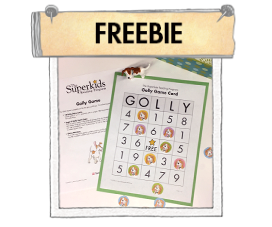
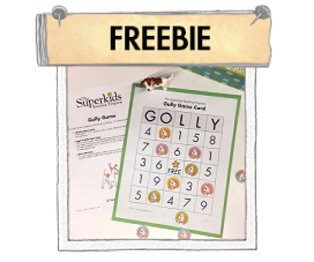
|
|
When it’s too cold or too rainy to go outside, here’s a game to make indoor recess a bit more manageable. It’s Golly—just like Bingo.
All you need is printouts of this set of 18 unique Golly game cards, game numbers, and some chips. Print and punch out the 1-inch round chips provided in the downloadable PDF or use your own.
|
|
|
|
Pro Tip: Laminate the cards and use dry-erase markers instead of chips.
|
|
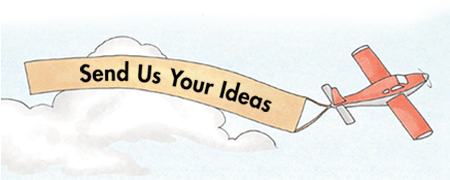
|
|
|
|
|